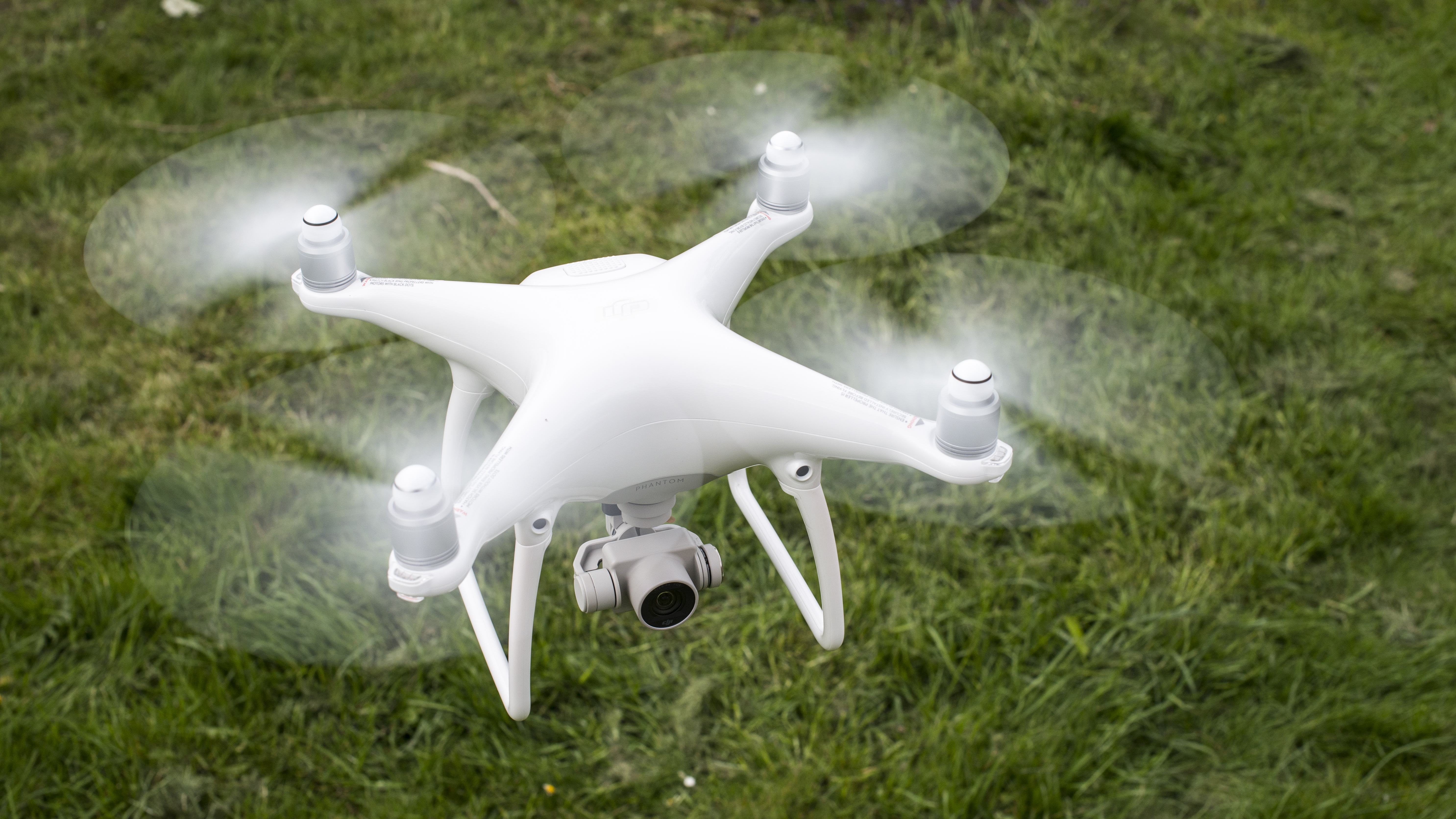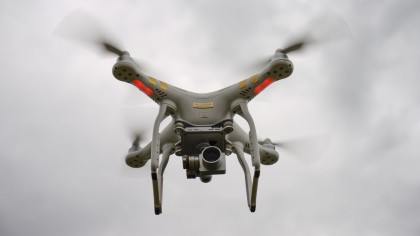Civil Aviation Authority talks down drone registration, calls for education and geofencing
'It's a very complicated for and against argument'

The law is working hard to keep apace with many new technologies right now - driverless cars, cybercrime, cryptocurrency, and of course, drones.
The rising use of - and greater availability of - drones for personal and commercial purposes means authorities are having to evolve their thinking.
In the US, users must register their drones with the FAA if they are over 0.55lbs, but registration doesn't exist in the UK, despite many calls for it to be introduced.
A report from Bard College found that there were 327 cases of drones flying too close to aircraft in the US between December 2013 and September 2015, while the Independent revealed a 352% rise in drone incidents reported to police in the UK within a year.
However, the UK's Civil Aviation Authority doesn't believe a register system would necessarily be an effective solution.
Speaking to TechRadar, the CAA's Jon Nicholson has called for better education of rules and better geofencing, among other things, stating that registration is probably not the best way to regulate.
"It's a very complicated decision, it's a very complicated for and against argument," said Nicholson on the possibility of a registration system in the future.
Get daily insight, inspiration and deals in your inbox
Sign up for breaking news, reviews, opinion, top tech deals, and more.
"Yes, if you register that potentially allows you to track a drone post an incident. I think we would be of the view that it's much better to prevent the incident from occurring in the first place, and registration doesn't necessarily help with that aspect."
Furthermore, Nicholson pointed out that if you want to use registration to track a device after an incident you'd have to actually have it at hand. "And I think in very, very few exceptions after incidents have the drones been located".

Aside from registration, the laws governing drone usage in the US and UK are actually quite similar: you can't fly higher than 400m (about as high as the London Eye); you should ensure your drone is always in your line of sight; and you should never fly your drone near airfields or aircraft.
"I think we need to build up a lot of tools in the tool bag that give us that protection and that environment in which people can fly their drones and enjoy them," said Nicholson, "and geofencing and education are two big parts of that."
Geofencing, which is already included in some drones, is a technology that prevents unmanned aircraft from entering certain airspaces - such as airports.
"We would absolutely encourage manufacturers to fit geofencing," said Nicholson. "At the moment it's not something that's mandatory."
"We want geofencing to be used as widely as possible. Most things in aerospace happen on at least a continent basis to keep some kind of conformity to make it easier for people moving from one country to another.
Country to country
"We are seeing more drones that you can fold down into a small carry case and take on holiday with you. So that's something we need to think about as well, with people travelling from country to country with potentially different rules."
Nicholson also raised the possibility of a global kite mark that could one day be included on drones to denote they've been fitted with the correct safety technology.
While Nicholson said that there's "no reason" why existing drone rules shouldn't protect aviation as is and allow people to fly drones as they want, he agreed that more needed to be done.
"We need and we are doing a lot of education and ramping up the education hugely to work work with resellers and drone manufacturers and take it even wider than that to get to potential clients and drones to explain what needs to happen."
The Aerospace Defence Security group recently told TechRadar that it also believes better enforcement of existing drone rules are needed, rather than creating new rules that people will only ignore.
Hugh Langley is the ex-News Editor of TechRadar. He had written for many magazines and websites including Business Insider, The Telegraph, IGN, Gizmodo, Entrepreneur Magazine, WIRED (UK), TrustedReviews, Business Insider Australia, Business Insider India, Business Insider Singapore, Wareable, The Ambient and more.
Hugh is now a correspondent at Business Insider covering Google and Alphabet, and has the unfortunate distinction of accidentally linking the TechRadar homepage to a rival publication.
